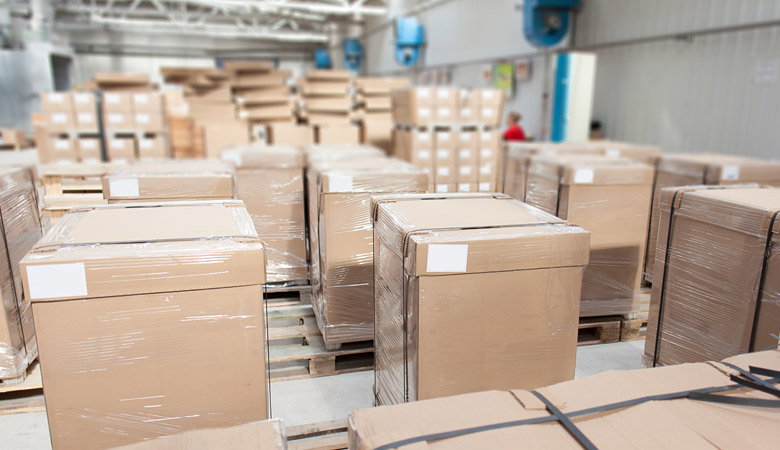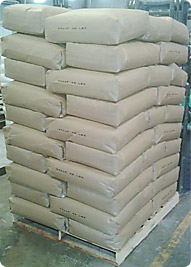We have equipment that allows us to handle multiple re-packaging situations. Any combination of conveying material to and from bulk, boxes, super sacks, small bags, etc. is feasible. In addition, we can de-agglomerate and dust materials in precise ratios.
Packaging is the science, art and technology of enclosing or protecting products for distribution, storage, sale, and use. Packaging can be described as a coordinated system of preparing goods for transport, warehousing, logistics, sale, and end use. Packaging contains, protects, preserves, transports, informs, and sells.
Packaging and package labeling have several objectives:
- Physical protection - The objects enclosed in the package may require protection from, among other things, shock, vibration, compression, temperature, etc.
- Barrier protection - A barrier from oxygen, water vapor, dust, etc., is often required. Permeation is a critical factor in design. Keeping the contents clean, fresh, sterile and safe for the intended shelf life is a primary function.
- Agglomeration - Certain products require smaller packaging to reduce head load and agglomeration during storage.
- Information transmission - Packages and labels can be used for track and trace purposes. Certain packaging also communicates how to use, transport, recycle, or dispose of the package or product.
- Marketing - Marketing communications and graphic design are applied to the surface of the package and constantly encourage potential buyers to purchase the product.
- Convenience - Packages can have features that add convenience in distribution, handling, stacking, display, sale, opening, reclosing, use, dispensing, and reuse.
- Portion control - Bulk commodities (such as plastic) can be divided into smaller packaging that are a more suitable size for certain applications.


